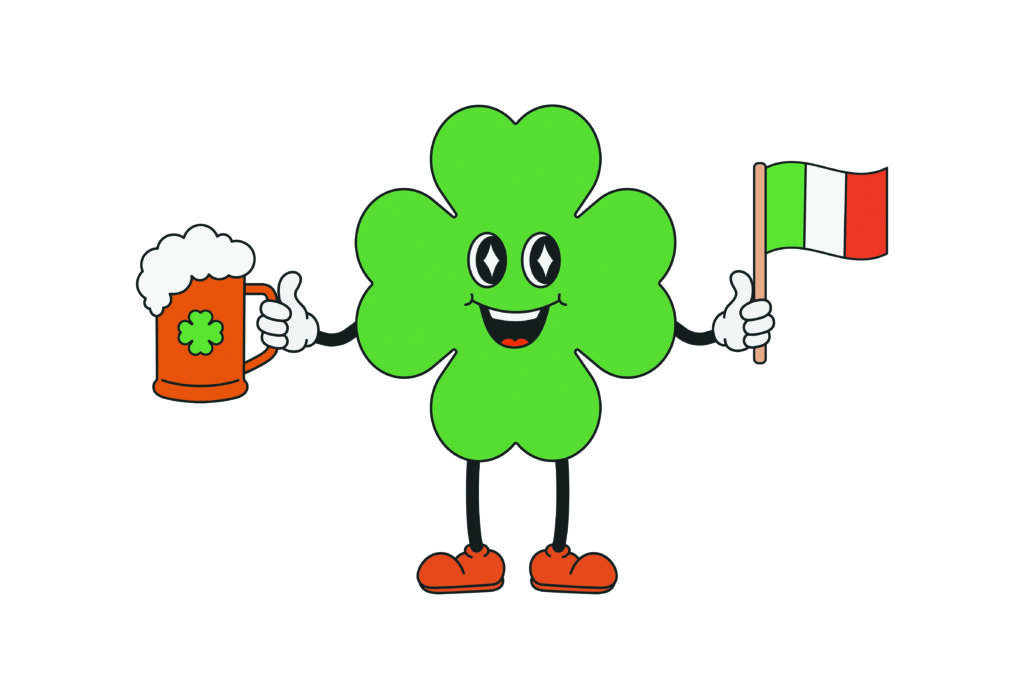 St. Patrick’s Day celebrates the Roman Catholic feast day of the patron saint of Ireland. St. Patrick died on March 17, 461.
St. Patrick’s Day celebrates the Roman Catholic feast day of the patron saint of Ireland. St. Patrick died on March 17, 461.
But did you know that he wasn’t even Irish? Here are some fun facts about St. Patrick’s…
Patrick’s birthname was Maewyn. He was born in Roman Britain. He was kidnapped into slavery and brought to Ireland.
He escaped to a monastery in Gaul (France) and converted to Christianity. He went back to Ireland in 432 as a missionary. While Christianity had already taken hold in the country, tradition has it that Patrick confronted the Druids at Tara and abolished their pagan rites, making Christianity more widespread. “Snakes” were an allegory to the Druids.
Patrick became a bishop and after his death was named Ireland’s patron saint. Celebrations in Ireland were understated though. When the Irish emigrated to the U.S., they created the bigger celebrations and parades known today.
The Shamrock: According to legend St. Patrick used the three leaf clover (or shamrock) to explain the Trinity.
“Wearin of the Green”, there’s more to it than protection from pinching fingers. It goes back to the Irish Rebellion, when Irish soldiers wore green as they fought off the British in their trademark red. Until then, the color associated with St. Patrick and Feast Day was actually blue. The song soldiers sang during the war in 1798, “The Wearing of the Green,” changed all of that and made green, the color of shamrocks, Ireland’s mainstay color. From then on, people wore green on St. Patrick’s Day in solidarity.
Okay, so why all the drinking then? It’s part historical subtext, part us succumbing to advertising, and part stereotyping. Originally, St. Patrick’s Day, or Feast Day, saw the lifting of Lent restrictions for the day, giving Christians a breather as they made their way to Easter. But imbibing on whiskey and beer was not part of the equation. In fact, pubs in Ireland were forced by law to shut down for the holiday until later in the 20th century, and drinking alcohol on St. Patrick’s Day was greatly frowned upon until the late 1970s. Then, a huge marketing push from Budweiser in the 80s convinced thirsty revelers that drinking beer and St. Patrick’s Day were one in the same. The rest is drunk history nobody seems to remember, much like Cinco de Mayo, many people now use the holiday as an excuse to binge drink, which fosters negative stereotypes by incorrectly associating the act of getting wasted with Irish culture. But, at least now you can take a swig of your Guinness in pride because you know the real story. Sláinte!
Excerpt from The Kaslo Crow
